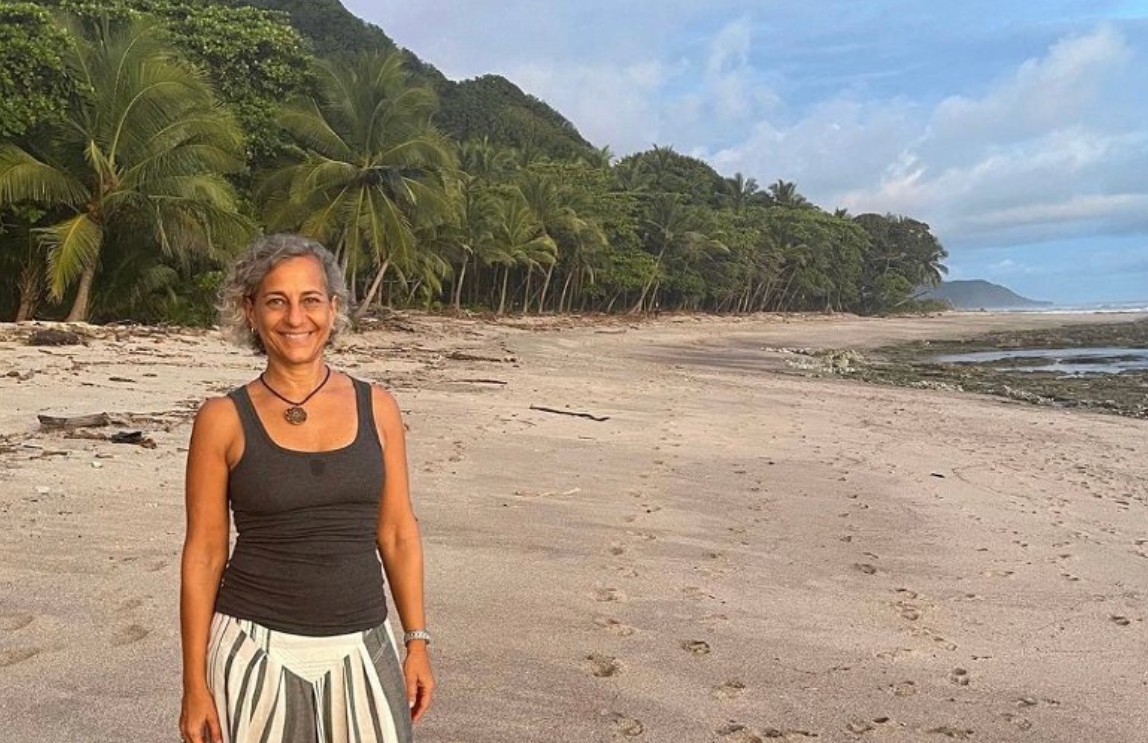We were lucky to catch up with Jaya Kader recently and have shared our conversation below.
Jaya, thanks for joining us, excited to have you contributing your stories and insights. Was there a defining moment in your professional career? A moment that changed the trajectory of your career?
Creative endeavors, are a fertile ground for experiences and opportunities that trigger awakening through defining moments that shift our perception and/or intended path.
I have been blessed with a creative path that lead me to sustainability. Guided by intuition, and ratified by scientific findings, my passion for sustainable practices has accompanied me along my professional journey. In the process of becoming a LEED accredited professional, in the early 2000’s, I realized I had to un-learn many building practices acquired along the way. I continued to attend conferences on the subject. However, the solutions at hand always fell short of addressing the magnitude of environmental degradation. I could not help but ponder upon the repercussions of most development initiatives around me on the environment and felt frustrated with the tools available to create transformational, actionable solutions.
In 2015 I traveled to Norway on an architectural conference. Immersed in an alternative culture of building, I was moved by the reverence for nature that each of the projects we visited exuded. I understood that sustainable solutions were not so much about systematic applications or scales, but about our perception with regards to our relationship with nature.
Shortly before the onset of COVID, in February of 2020 I visited my native Costa Rica and attended a series of panels, and lectures lead by activists and ecological experts on ecological breakdown, sustainability, conservation and possibilities moving forward. Costa Rica is at the leading edge of sustainable practices worldwide, leading in preservation, regeneration and renewable sources of energy. The sense of awe, love and respect for the living world was palpable in every presentation. Sitting on the ground of the land of my birth, I had a calling to return home and join armies of activists and like minded ecological activists to co-create solutions for building environments for human habitation in harmony with the natural living world. This experience triggered my new initiative, Regen Design Lab, created with the intention to use my design skills to be in service of regenerative communities in Costa Rica and worldwide.
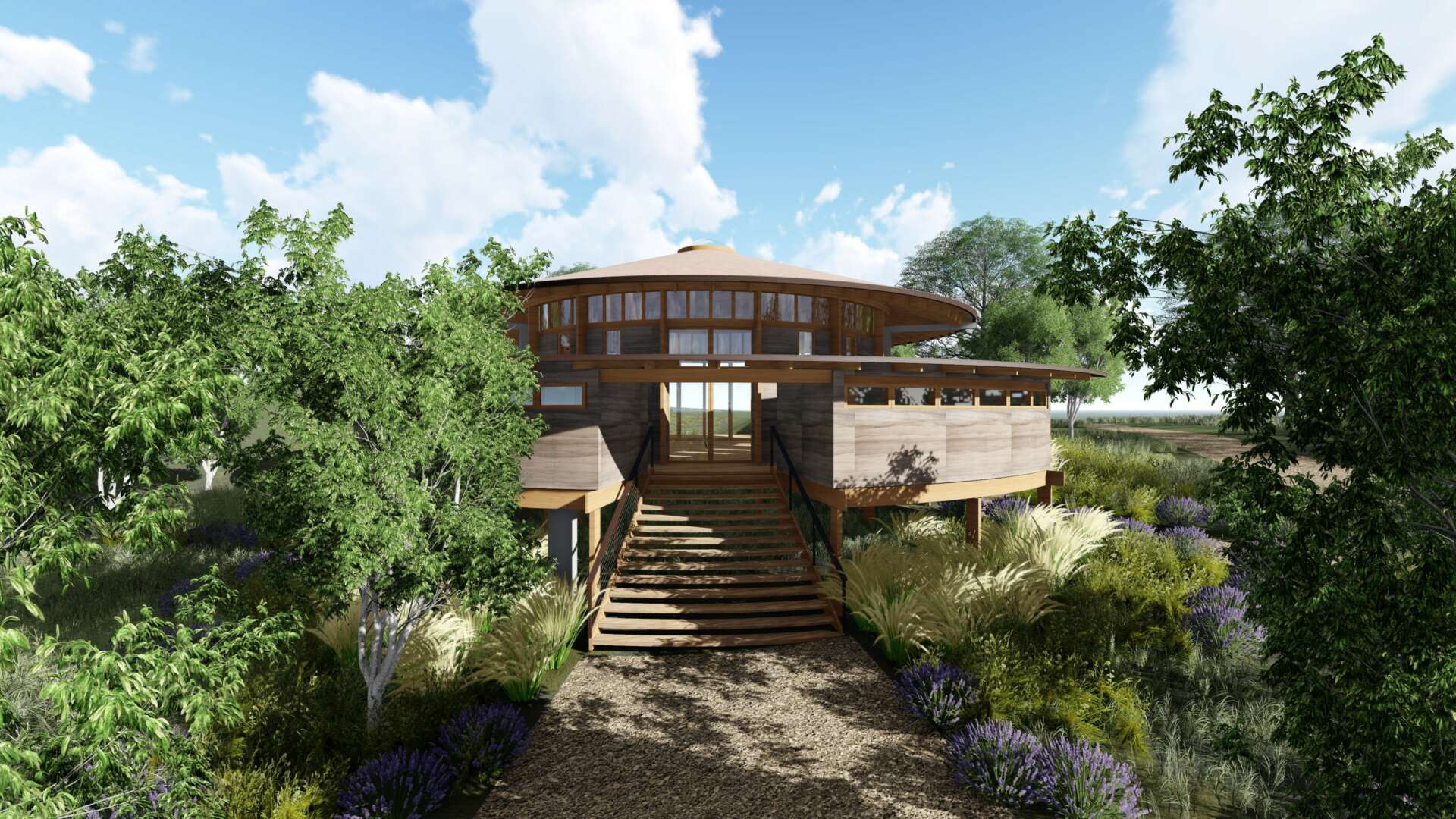
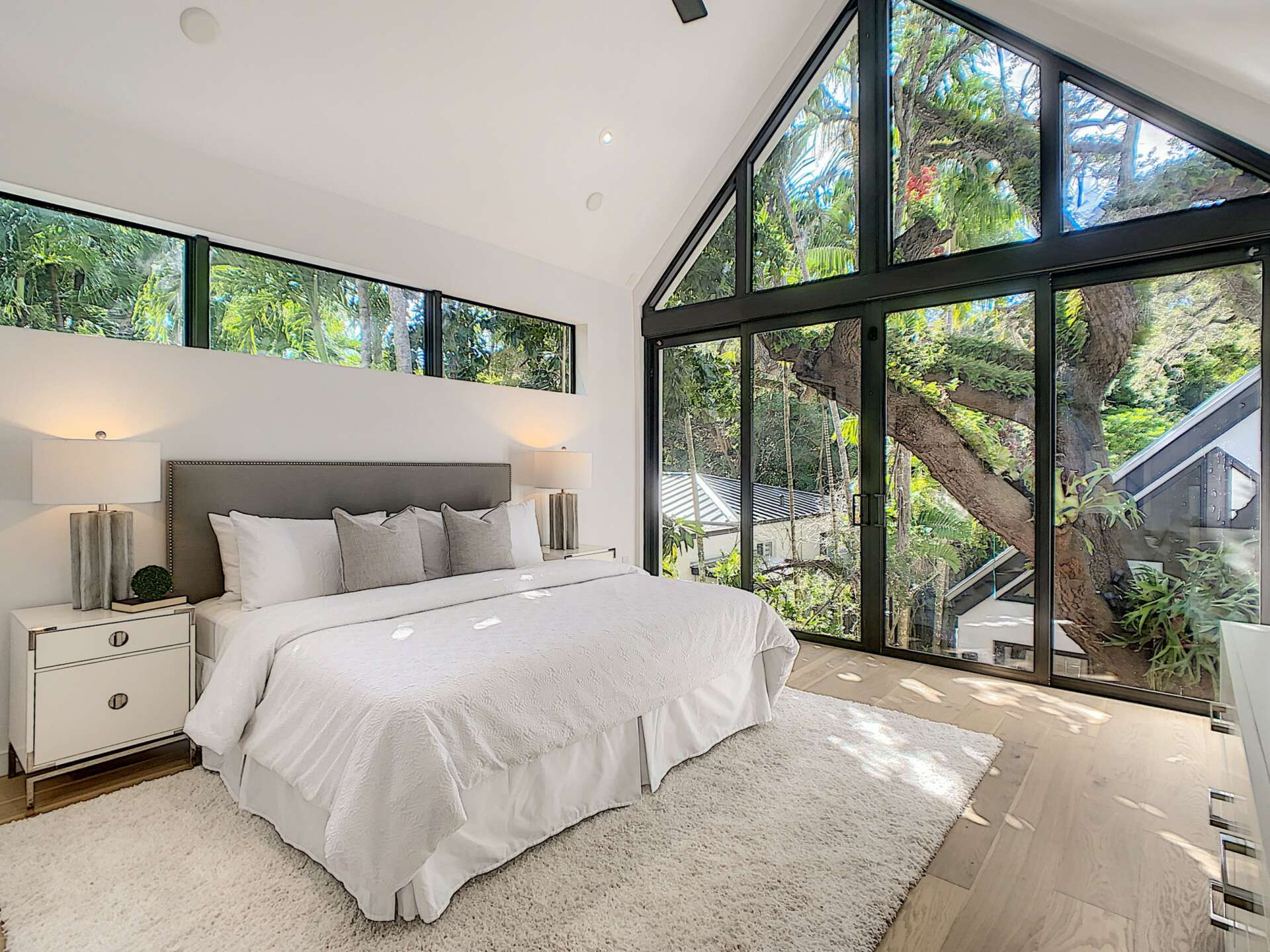


Jaya, love having you share your insights with us. Before we ask you more questions, maybe you can take a moment to introduce yourself to our readers who might have missed our earlier conversations?
I have been an architect for 34 years. After years of professional training with great masters in the field, I set up my practice from the attic of the home I designed and built for my family in 2003. I felt privileged to serve many clients and help them manifest their dream tropical modern homes in many extraordinary South Florida water landscapes. These projects provided fertile ground to hone my skills. Most importantly, design had provided tools for empowerment and healing in my personal path which triggered an interest in practices that could potentially help bridge the gap between design and the needs of the world. With this intention at hand, I started to volunteer my services for projects of impact, as well as participate in competitions guided by the same purpose. The experiences ranged from schools in Africa, yoga shalas, a Peace pavilion in Vietnam and a competition for resilient housing sponsored by the UN and the World bank, for which our studio was one of the winners. These projects lead me to regenerative Design as the platform from which to explore potential solutions for a sustainable future.
Learning and unlearning are both critical parts of growth – can you share a story of a time when you had to unlearn a lesson?
As a woman in a male dominated field, I have had to unlearn many traits imbedded in my profession. Although gender in architecture schools is equally distributed, only 18% of registered architects are women. The environments in most architectural practices are not supportive of women’s needs, and hence the high levels of withdrawal from the field at mid career. After being involved with organizations that strove to achieve equity for women in architecture, I realize that the last thing the world needs is women joining men in service of the systems that have been created with an excess of masculine energy. In order for our profession to be successful in tackling the challenges we face, we must let go of competition and embrace collaboration, put aside ego-driven practices and replace with multidisciplinary co-creation. If we are to care for the precious landscapes upon which we intervene with built form, we must start by creating nurturing, kind, compassionate environments from which the right solutions can emmante.

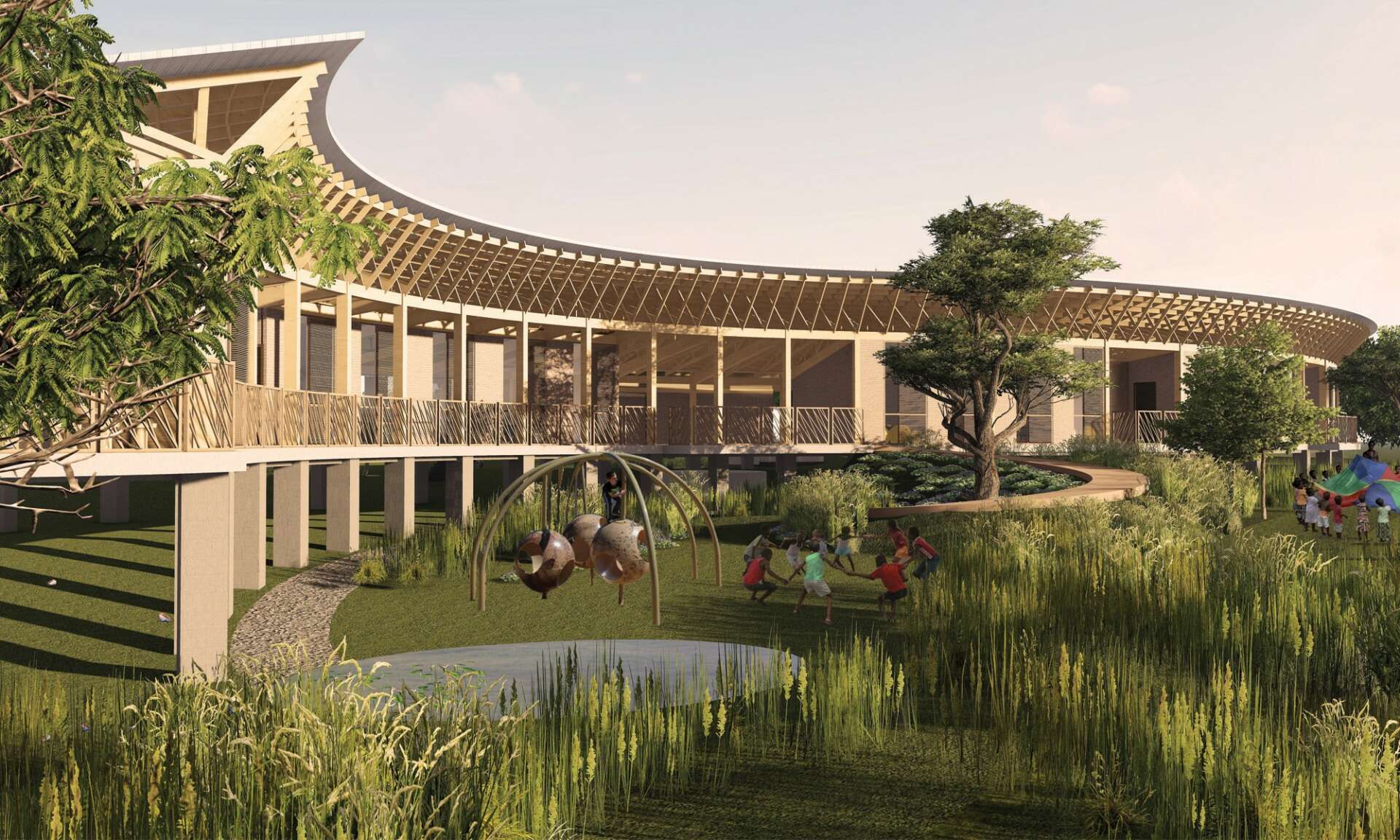
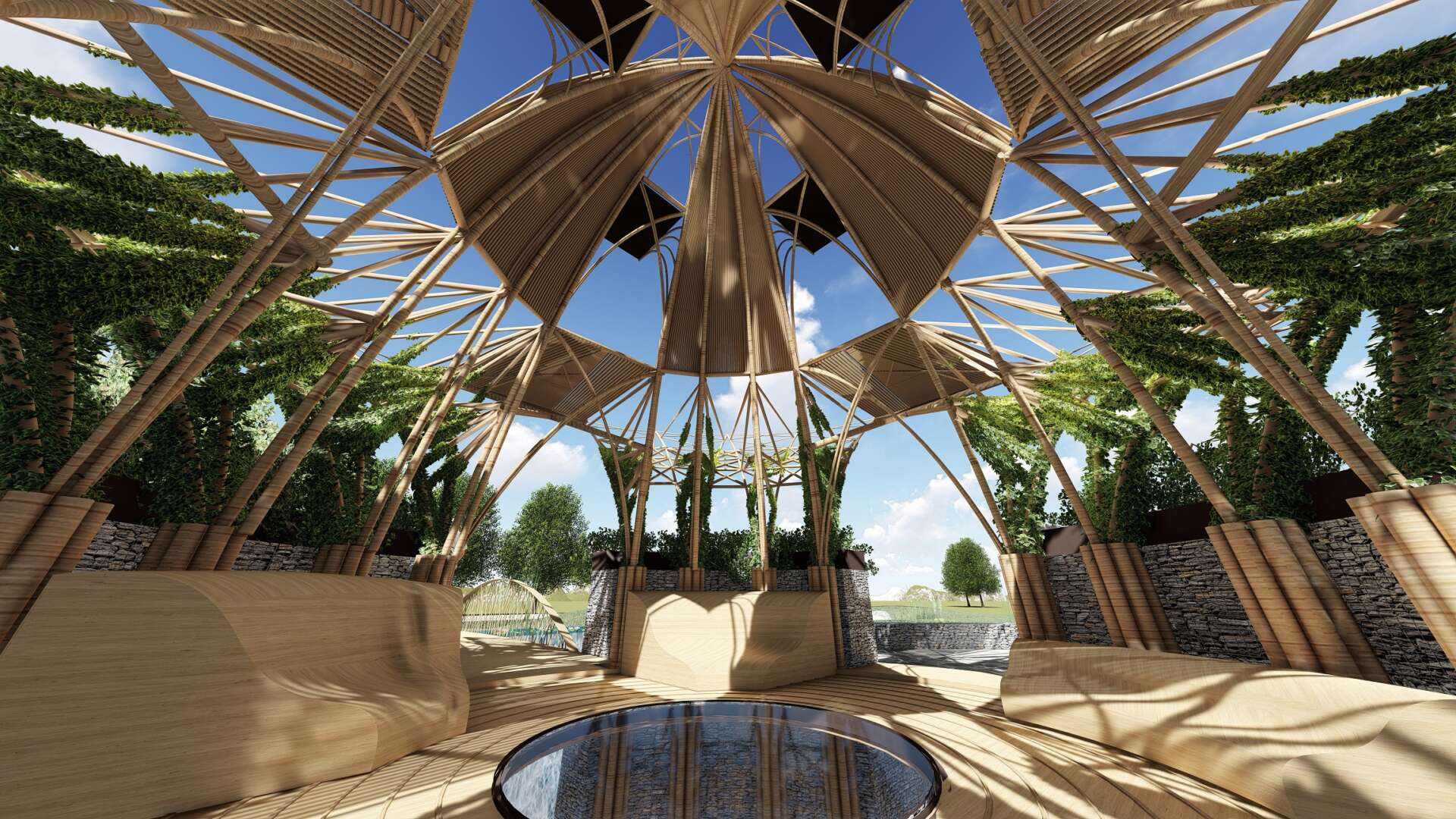
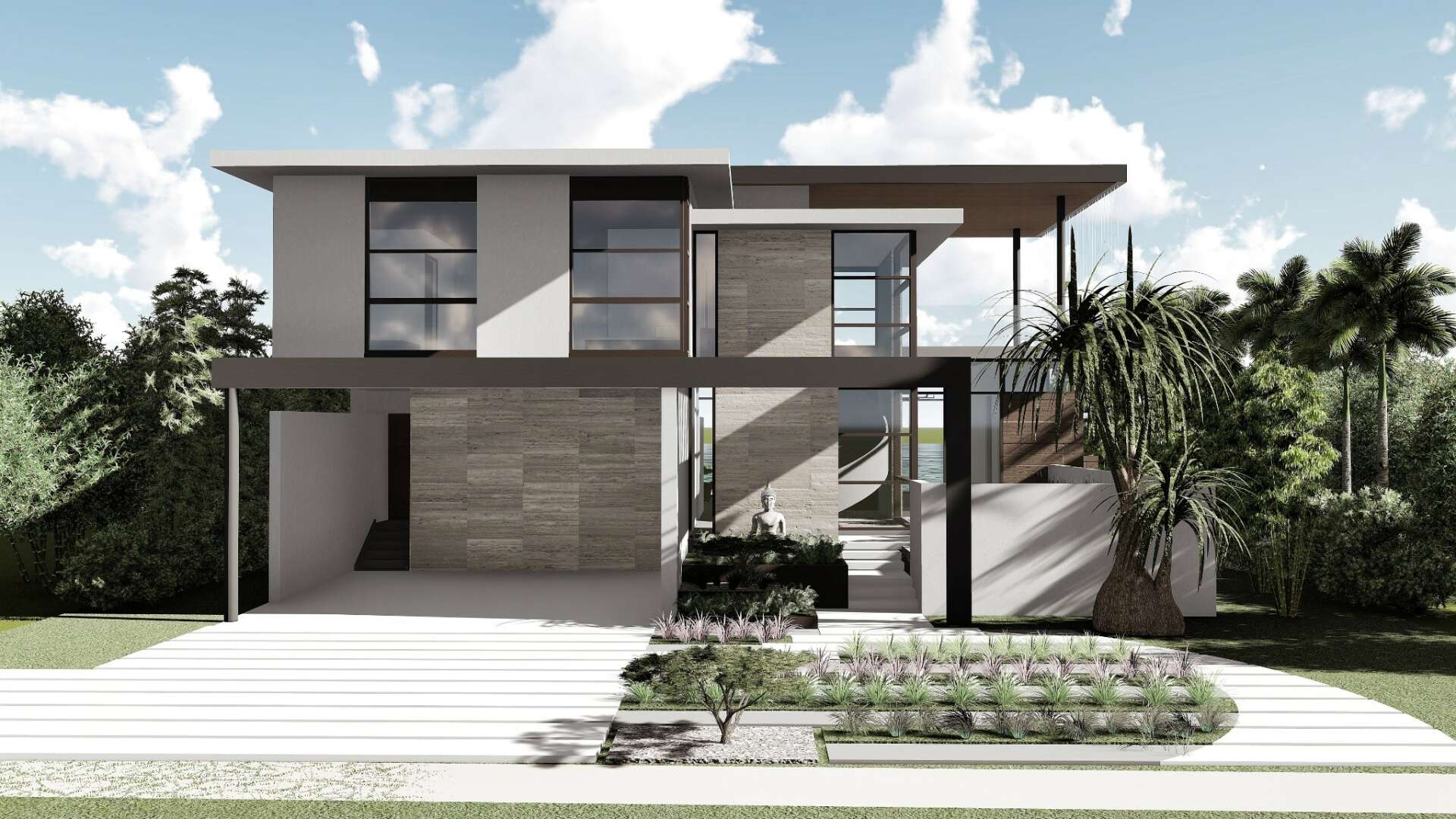
Other than training/knowledge, what do you think is most helpful for succeeding in your field?
Intuition, emotional intelligence, and creativity play major roles in our field.
Contact Info:
- Website: kzarchitecture.com
- Instagram: @kz_architecture
- Linkedin: Jaya Kader


